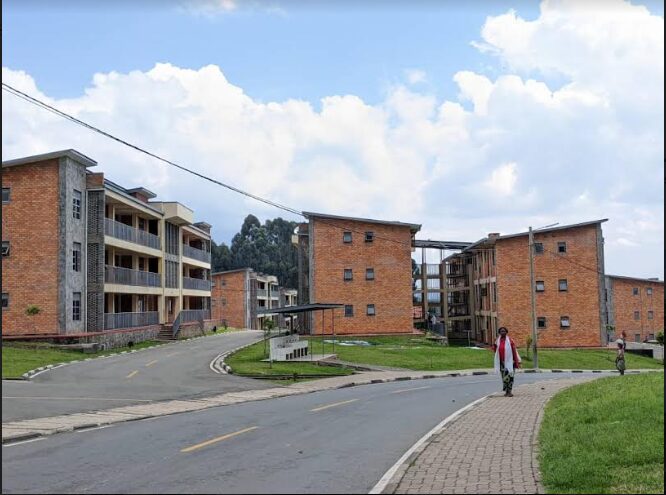
Kinigi Model Village, Musanze district
Nearly a decade and a half ago, Rwanda embarked on an ambitious project aimed at providing decent housing for the less privileged in different parts of the country, in a bid to improve the socioeconomic welfare of the citizens.
The country established a Rural Settlement Task Force (RSTF) in December 2008 mainly focusing on communities that needed to be relocated from areas that were designated as high risk zones.
The idea of what came to be known as the Integrated Development Programme (IDP model village) was born in 2010, as per the records of Rwanda Housing Authority(RHA).
As of 2019, the Ministry of Infrastructure reported 130 IDP model villages had been constructed countrywide. Out of these, 70 IDP model villages were made of clustered buildings of 4-in-1, 2-in-1 and 8-in-1 units.
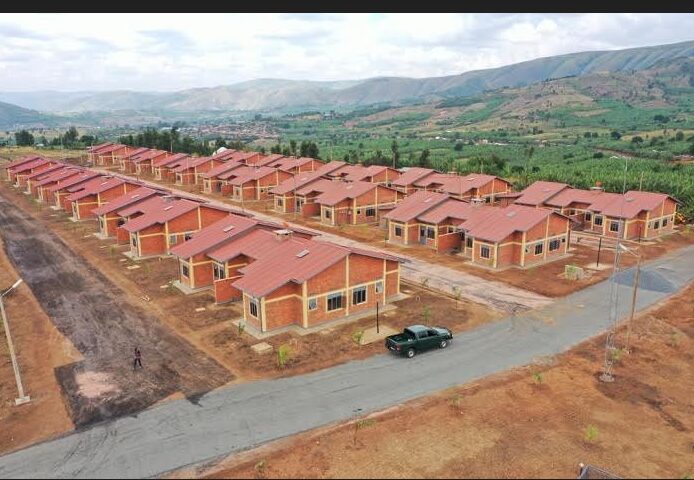
Gishuro Model village, Gatsibo District
Beneficiaries were members of some 4,200 identified households. Every year, a model village, constructed by Rwanda Defence Force (RDF) Reserve Force, sis launched on Liberation Day – July 4.
“The gesture is a reminder that the frontline for liberation struggle has shifted to health and socioeconomic liberation of the citizens,” writes RHA.
Families in high risk zones, disabled veteran soldiers, genocide survivors, the economically vulnerable communities which cannot afford a home, among other vulnerable categories, were among the target group under this plan.
These categories added to the list the people who were expropriated from different locations to pave away for the development of infrastructure projects of public interest.
However, the bigger policy also seeks to phase out scattered unplanned settlements for better national planning purposes. According to the 5th National Population and Housing Census of 2022, the scattered settlements in Rwanda accounted for 25 per cent.
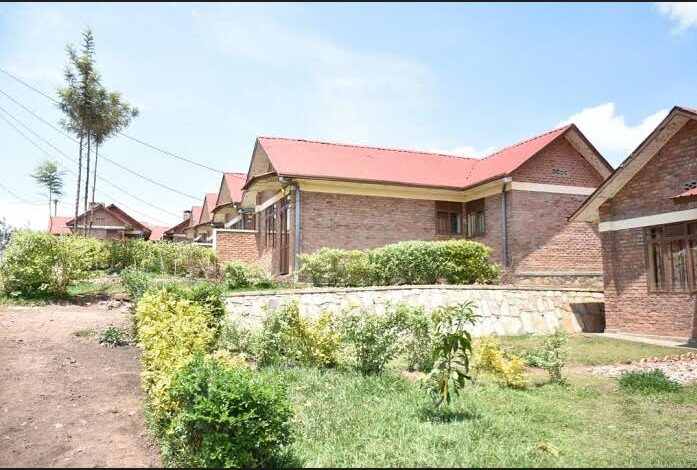
Nyabikiri model village in Gatsibo, also known as Yeruzalemu
Inhabitants of the model villages are thankful for the new abodes which are built in areas that are safe from potential natural disasters like floods and landslides, among other calamities.
They are also grateful for the development projects which they say have transformed their lives, despite remaining shortfalls in the management aspect of the model villages.
Among other things, the settlements have social amenities including schools, health facilities, and entertainment infrastructure.
In most cases, the government hands over the model villages with equipment, but three years later they are already rundown and the beneficiaries start demanding for replacements.
When a house develops a leak, it is the government to come and fix the roof. KT Reporters scoured different parts of the country where model villages were built to see their status and a simple survey indicates that the settlements face various crosscutting issues whose responsibility to address remains unknown, between the beneficiaries and government.
Farming as a development project
For every village settlement, the government hands over houses to the occupants, with a development project.
In 2017, 611 families were settled in Ayabaraya model village, Kicukiro district.
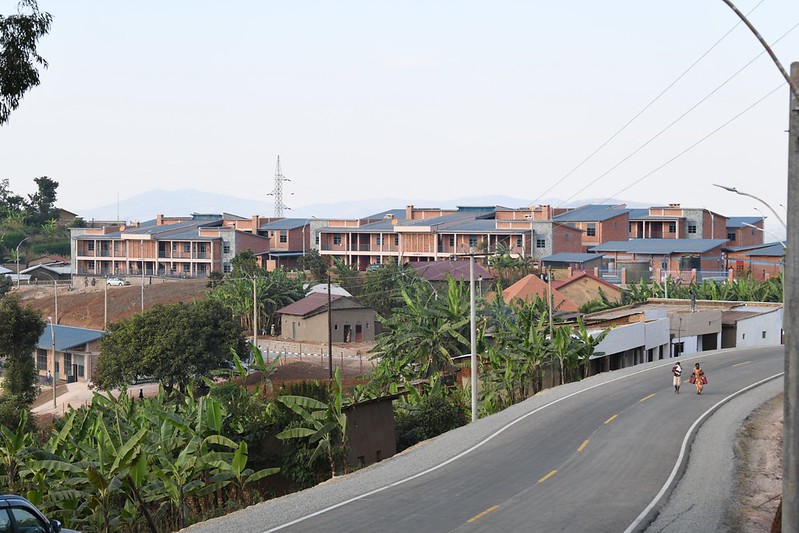
Munini Model village
According to 2nd Lt(Rtd) Ruta Alex Shyaka, in charge of a development project in the area, they have got 5000 layers which they reformed for four times.
“We keep the layers for a cycle of 16-18 months before reforming them. We have earned up to Rwf 150,000 per member since we started this business,” he said.
In Horezo model village, located in Muhanga district, Southern Province, dwellers were given 70 cows which have since given off offspring that are have been passed on to a hundred families in the settlement currently.
From this cow rearing emerged a milk collection centre to collect all the milk produced in the model village for proper distribution.
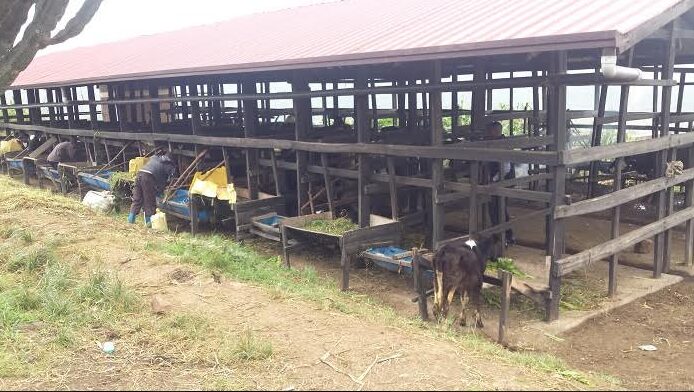
In Gatsibo district however, inhabitants of Nyabikiri settlement, Kabarore Sector, were unfortunate to see an estimate 30 cows auctioned for grazing in Gabiro military camp, an act considered an illegal violation of military land.
Farmers without a plot of land
Model village dwellers have almost one common concern, that of being disconnected and cut off from their piece of land, regardless of how small it can be.
In one case ten families which had been relocated to Horezo model village chose to return to their dwellings in high risk zones.

Gishuro Model village
However, the fortunes of the model villages differ from one village to another. For example, sixty-four families that were settled in Gishuro model village in Nyagatare district, and 46 families in Nyabikiri-Gatsibo, were fortunate to secure half a hectare for farming activities per family.
“Gishuro village now grows maize in their farms. Initially, they had chosen pineapple farming, but the project was not successful, which is why they shifted to another crop over the last two seasons. It paid off this time,” said Nyagatare district mayor Stephen Gasana .
Limited land to support farming was also reported in Mageragere and Karama model villages, respectively, in Nyarugenge district-Kigali, where inhabitants say they were not allocated enough land to grow food.
Poultry projects in both villages failed because the pens built for that purpose collapsed.
Kigali’s vice mayor for Social Economic Development Martine Urujeni told Kigali Today, that they are working hard to restore the infrastructure.
Equipment/infrastructure problems
In several model village settlements, equipment happen to get quickly damaged, which raise concerns of lack of ownership by the beneficiaries.
For instance case in Nyabikiri model village, also known as ‘Yeruzalemu’, eight biogas facilities are no longer functioning. Dwellers have since reverted to firewood.
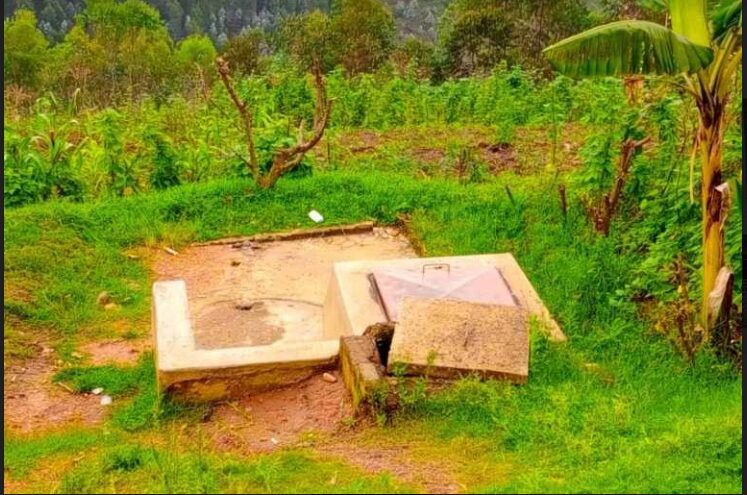
Biogas tanks, Uwinyana Model village, Nyamagabe district
While Gatsibo district mayor blames mismanagement and improper use of the facilities on the beneficiaries, the issue is crosscutting in model villages, with most biogas projects not functional anymore.
A relatively similar case was identified in Horezo village, Muhanga district, and Uwinyana in Nyamagabe district, where the cooking stoves do not properly connect with the chimneys, leading to soot collecting inside.

Kinigi model Village-Musanze district
The smoke from kitchen ends up in all the rooms of the estates, not only darkening them, but also causing discomfort for the dwellers.

Uwinyana Model Village, Nyamagabe district
When they are cooking, the house dwellers almost suffocate from the smoke from the kitchen.
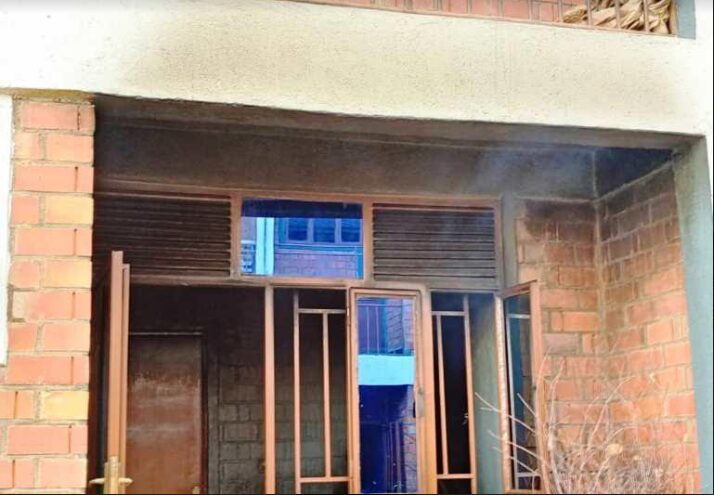
Uwinyana Model Village, Nyamagabe district
Economically viable?
In some areas, model village inhabitants lament about their new dwellings not being strategically located. For example, residents of Ayabaraya village in Masaka sector, Kicukiro district deserted the market facilities that were built for them and continue to sell their agriculture produce at Kabuga market.
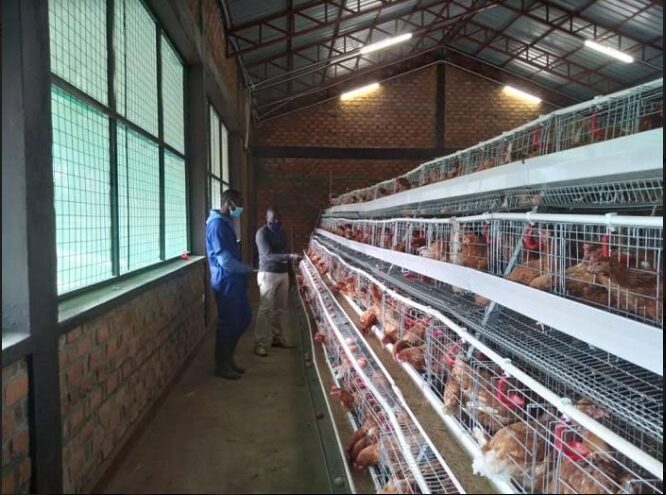 Meanwhile, in Kinigi Model village, some of the occupants were surprised to be given water bills of Rwf 800,000, Rwf 300,000 and Rwf 400,000, yet they don’t have the capacity to pay them off.
Meanwhile, in Kinigi Model village, some of the occupants were surprised to be given water bills of Rwf 800,000, Rwf 300,000 and Rwf 400,000, yet they don’t have the capacity to pay them off.
“We fear that one day we shall wake up to find that the Water and Sanitation Authority is depriving us the right to clean water,” one resident said.
Government, Beneficiaries Should Share the Burden – Rwanda Housing Authority Boss
In the face of several challenges in model villages, Alphonse Rukaburandekwe, Director General, Rwanda Housing Authority(RHA), believes that every development path always comes with its own issues to address here and there.
“Some are take a while to address, some issues are tackled quickly. That is just human nature. I don’t agree with the saying that our population have a poor understanding of the vision behind model villages. I believe that these are just some of the few obstacles we have to address along this development path,” he said.
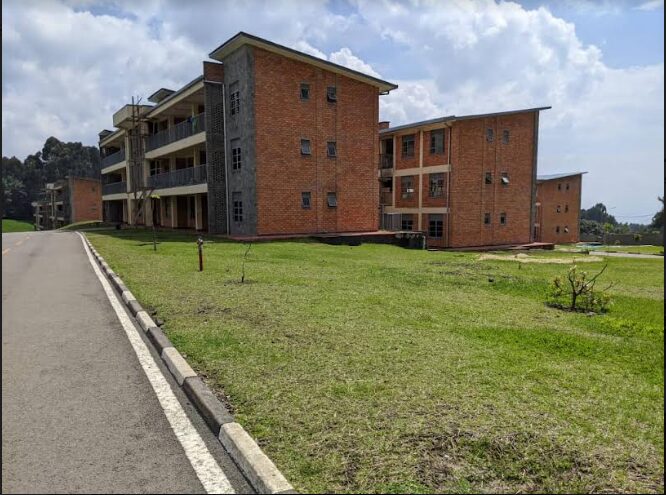
“For example, a resident who had been cooking on firewood all their lives, you don’t expect them to embrace cooking on gas an a new form of energy overnight. It’s a process for them to adapt.”
For Rukaburandekwe, definitely there is still lack of ownership on the side of the beneficiaries.
“You may not ask the government that gave you a house to come and replace a broken bulb, to repair a biogas tank or to refill the gas cylinder. When we hand over a house, we remind the beneficiaries of their part,”
“Until everyone understands their responsibility, we shall never give up on teaching them how they should maintain and sustain the houses they are given.”
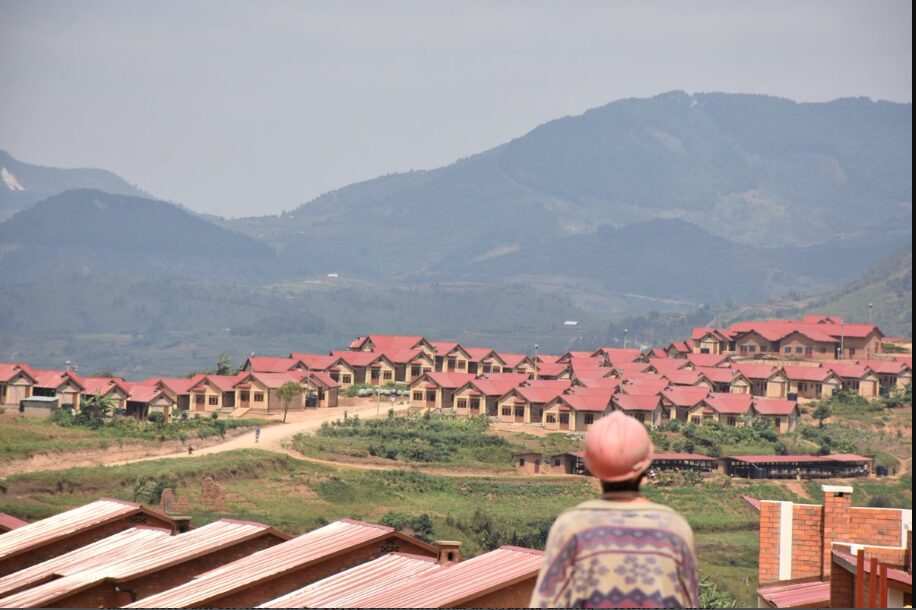
Model village in Karongi district
Rukaburandekwe believes that beneficiaries have a role to play in house maintenance, and social economic development in their respective model villages.
“Take the case of poultry projects in Karama and Mageragere Model villages. We cannot come back to government and ask it to restock the roost. They should have a proper management of their poultry cooperative. We should help them to be responsible.”
To help the beneficiaries to upgrade to new lifestyle on model villages, RHA is working with the Ministry of Local Government to find some projects that would generate income and allow them to buy required equipment and do constant maintenance of their houses.
A technical committee was put in place set up guidelines in maintenance of model villages. The report was presented to line ministries and the DG expects this document to be disseminated between three to six months.
Handing over a model village-how to manage snags?
The issue of imperfection or snags in a model village property is not something strange according to the DG, but there is a way they are managed.
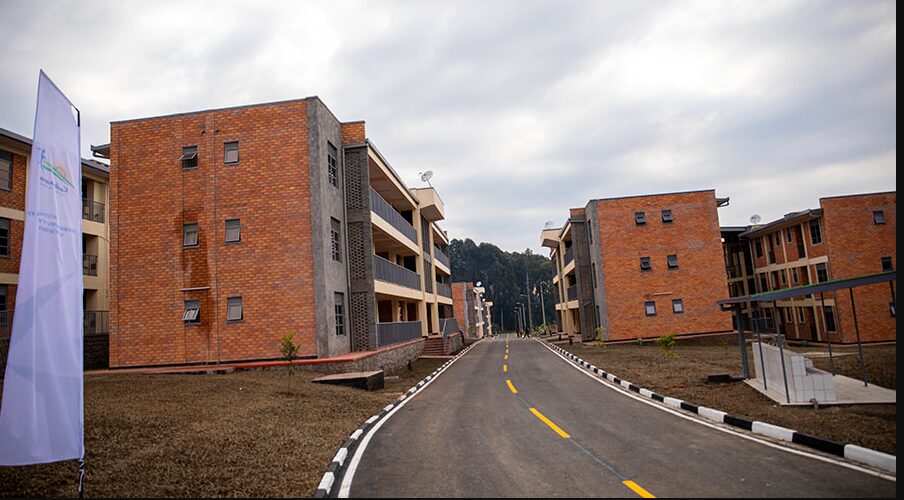 “We follow the construction of model villages on a day to day basis. At the time of provisional handover, we show the developer the remaining snags to remove before the definitive handover. After this exercise, the contractor will be in charge of any challenge that would be noted within one year,” the DG said.
“We follow the construction of model villages on a day to day basis. At the time of provisional handover, we show the developer the remaining snags to remove before the definitive handover. After this exercise, the contractor will be in charge of any challenge that would be noted within one year,” the DG said.
Beyond that period of time, a committee of RHA would examine any arising problem together with the district and find a solution.
Under examination for example, are Muzo model village in Gakenke district, Northern Province.
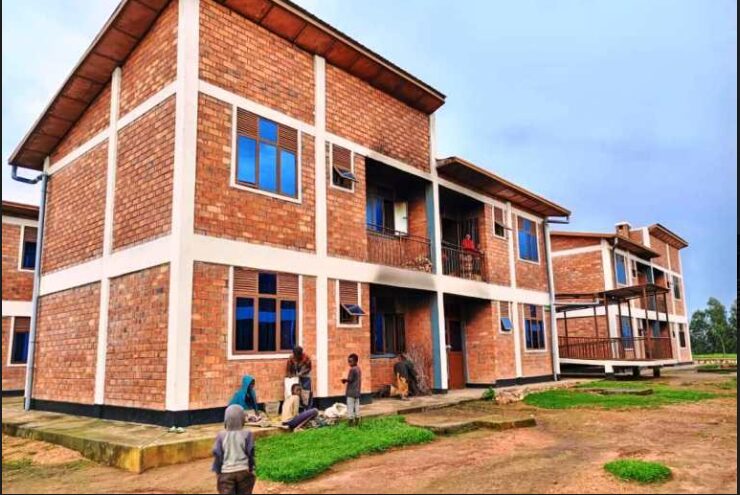
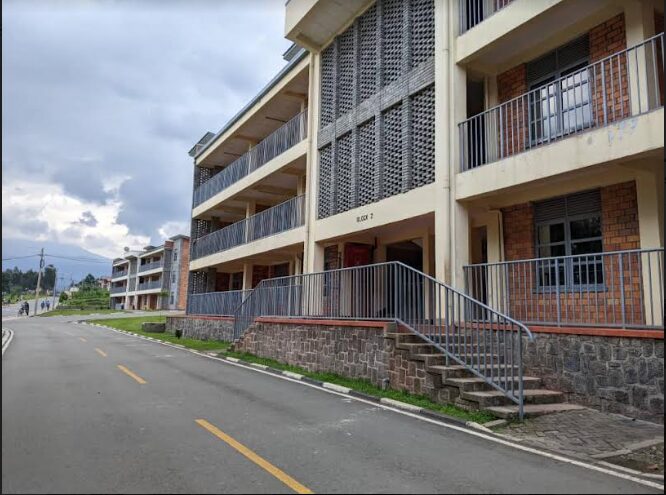
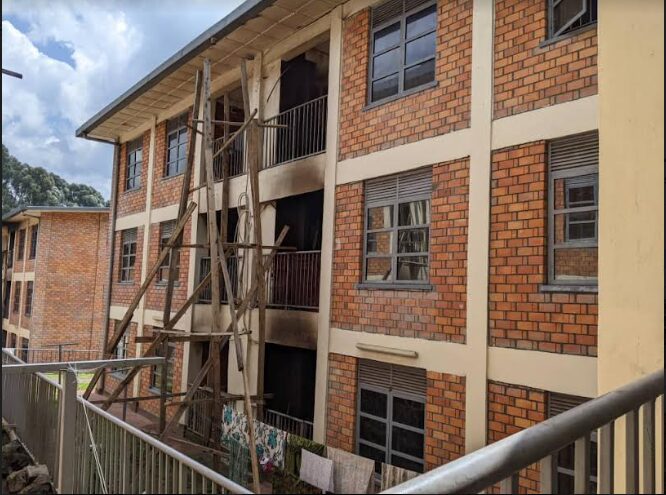
Translated from Kinyarwanda text by
Ephrem Murindabigwi
Joyeuse Marie Claire
Ishimwe Rugira Gisele
Sebasaza Gasana Emmanuel

